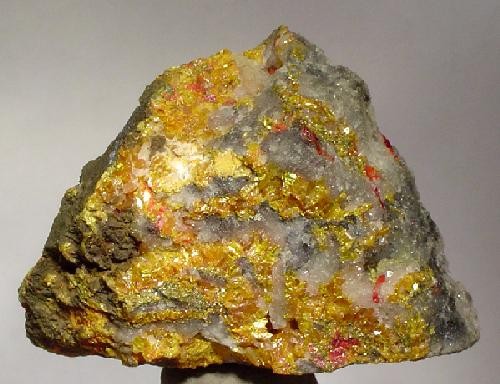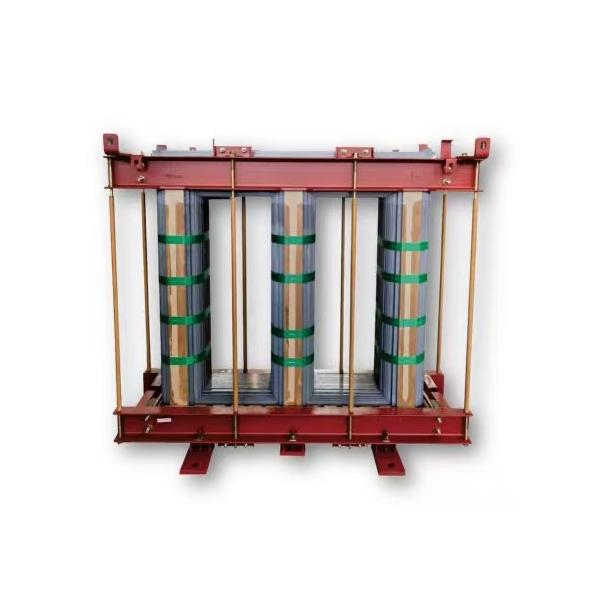The Hidden Costs of Rare Earth Mining: Unveiling the Environmental and Human Impact

Rare earth mining, a crucial industry for modern technology, has gained significant attention in recent years. However, behind the scenes of our technological advancements lies a dark reality. This article delves into the environmental and human impact of rare earth mining, shedding light on the hidden costs that often go unnoticed.
- Environmental Impact:
Rare earth mining involves the extraction of minerals that are essential for various high-tech applications. Unfortunately, the process itself poses significant environmental challenges. The extraction and refining of rare earth elements release harmful chemicals and radioactive materials into the air, water, and soil. This pollution can have long-lasting effects on ecosystems, leading to soil degradation, water contamination, and the destruction of habitats. - Health Hazards:
Not only does rare earth mining harm the environment, but it also poses serious health risks to those living in proximity to mining sites. The toxic chemicals and radioactive substances released during the mining process can contaminate the air and water sources, exposing nearby communities to hazardous pollutants. Prolonged exposure to these substances has been linked to various health issues, including respiratory problems, cancer, and birth defects. - Social and Economic Implications:
Rare earth mining often occurs in developing countries where regulations and safety standards may be lacking. This creates a breeding ground for exploitation, as workers are subjected to hazardous working conditions, low wages, and inadequate safety measures. Moreover, the extraction of rare earth minerals can lead to land displacement and the disruption of local communities, further exacerbating social and economic inequalities. - Sustainable Solutions:
Addressing the negative impacts of rare earth mining requires a multi-faceted approach. Governments, mining companies, and consumers all have a role to play in promoting sustainable practices. Implementing stricter regulations, investing in research and development for alternative technologies, and promoting recycling and responsible consumption can help mitigate the environmental and human costs associated with rare earth mining.
Conclusion:
Rare earth mining is not without its consequences. The environmental degradation, health hazards, and social inequalities associated with this industry demand our attention and action. By raising awareness, advocating for sustainable practices, and supporting responsible mining initiatives, we can work towards a future where technological advancements are achieved without sacrificing the well-being of our planet and its inhabitants.

